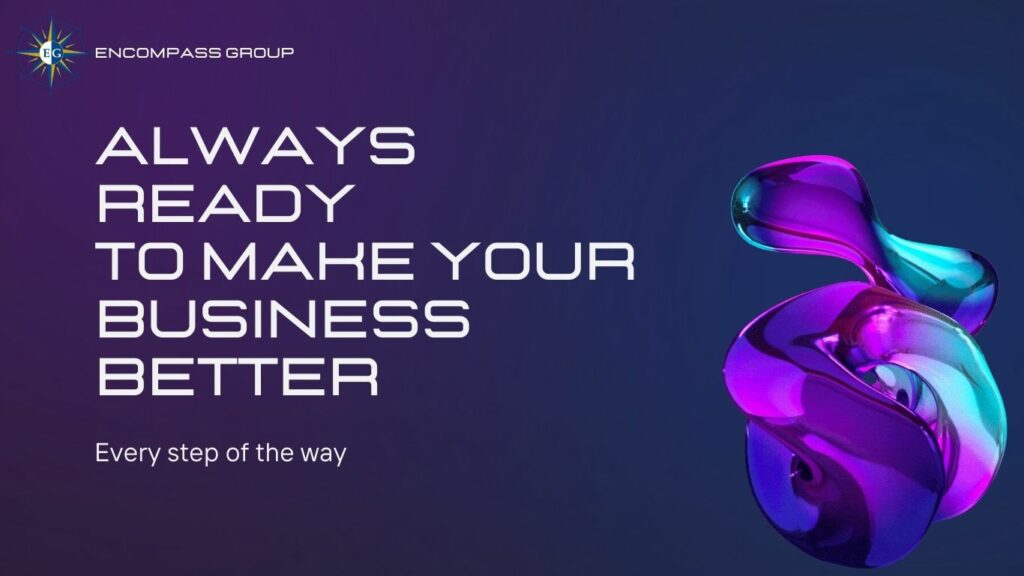
Small business leaders can identify if they’re behind the adaptive curve by watching for signs like outdated systems, a lack of automation, minimal online presence, resistance to change, data-driven decision-making gaps, competitive disadvantages, slow response times, ineffective communication, innovation gaps, low employee engagement, declining customer satisfaction, and difficulty attracting talent. Recognizing multiple of these indicators suggests a need to reevaluate technology strategies to ensure competitiveness and relevance in the rapidly evolving business landscape.
There are several indications that small business leaders can watch for to gauge if they are falling behind the adaptive curve in terms of technology and innovation:
Outdated Systems: If your business is still heavily reliant on outdated software, hardware, or processes that are no longer efficient or effective, it’s a sign that you might be falling behind.
Lack of Automation: If manual, repetitive tasks still dominate your workflows without any automation in place, you might be missing out on efficiency gains that modern technology can provide.
Minimal Online Presence: If your online presence is limited or hasn’t evolved in years – whether it’s an outdated website, lack of social media activity, or absence from relevant online platforms – it can indicate a technological gap.
Difficulty Embracing Change: If your team and leadership consistently struggle to adopt new tools or methods due to resistance to change, it can hinder progress and innovation.
Lack of Data-Driven Decisions: If your decision-making processes aren’t supported by data analytics or if you’re not leveraging customer insights, you might be missing out on valuable strategic opportunities.
Competitive Disadvantage: If your competitors are offering newer features, better user experiences, or more streamlined services, it suggests you might not be keeping up with market demands.
Slow Response Times: If your response times to customer inquiries or changes in the market are slower than your competitors’, it could signify a lack of agility and technological readiness.
Ineffective Communication: If internal communication is fragmented, leading to misunderstandings or missed opportunities, it’s a signal that collaborative tools and technologies might be lacking.
Innovation Gaps: If you’re not introducing new products, services, or processes regularly, it suggests a potential lag in keeping up with emerging trends and customer demands.
Low Employee Engagement: If your employees are disengaged, it could indicate a lack of investment in providing them with the tools and technologies that facilitate their work.
Decline in Customer Satisfaction: If customers are expressing dissatisfaction due to outdated processes, slow responses, or a lack of user-friendly interfaces, it’s time to consider modernizing.
Difficulty Attracting Talent: If it’s a challenge to attract skilled employees or if you’re seeing high turnover due to dissatisfaction with outdated tools or lack of growth opportunities, it’s a sign you’re falling behind.
If you notice multiple signs aligning with your business’s situation, it’s a strong indication that your business might need to reassess its technology adoption strategy and consider making adjustments to stay competitive and relevant.

